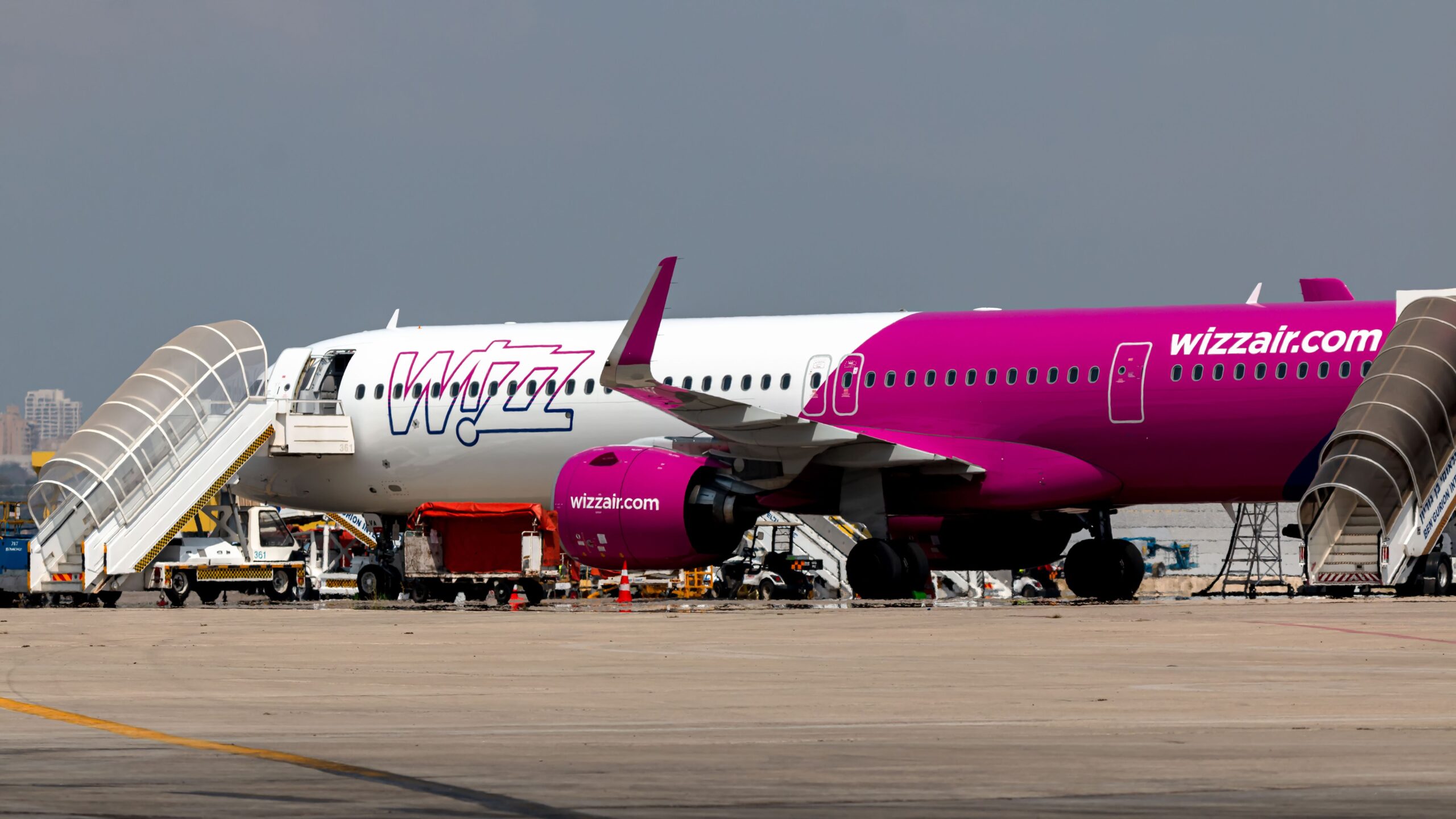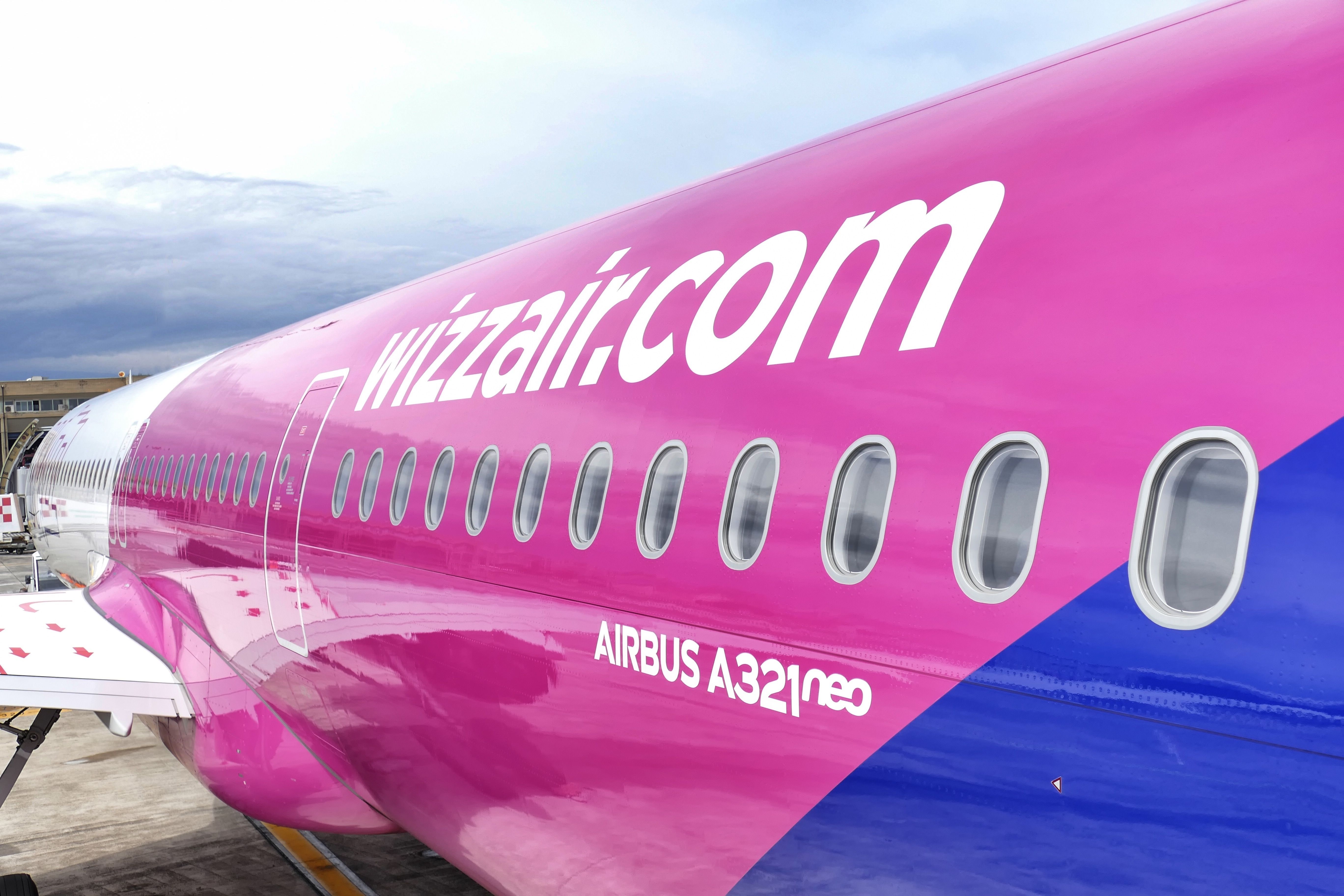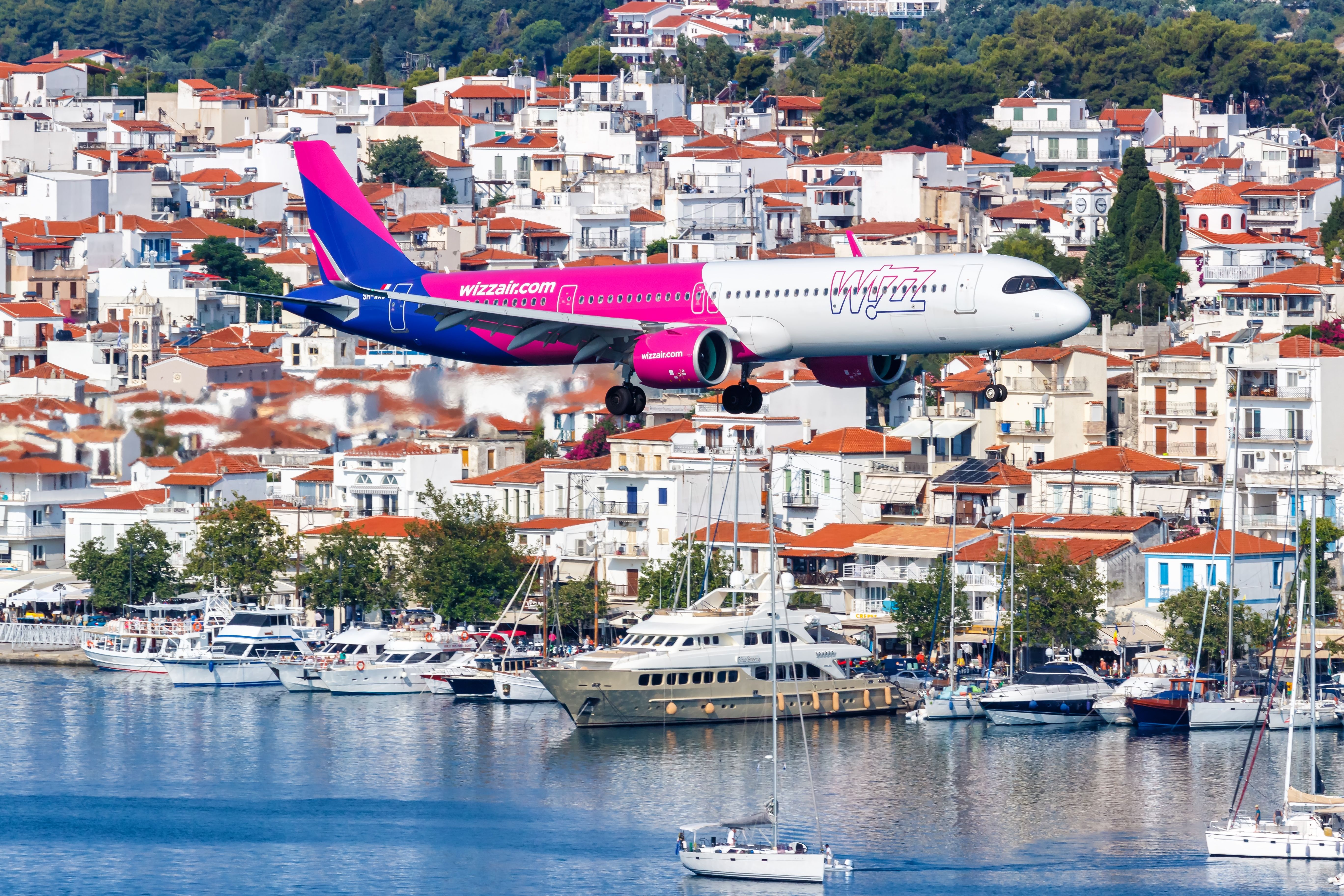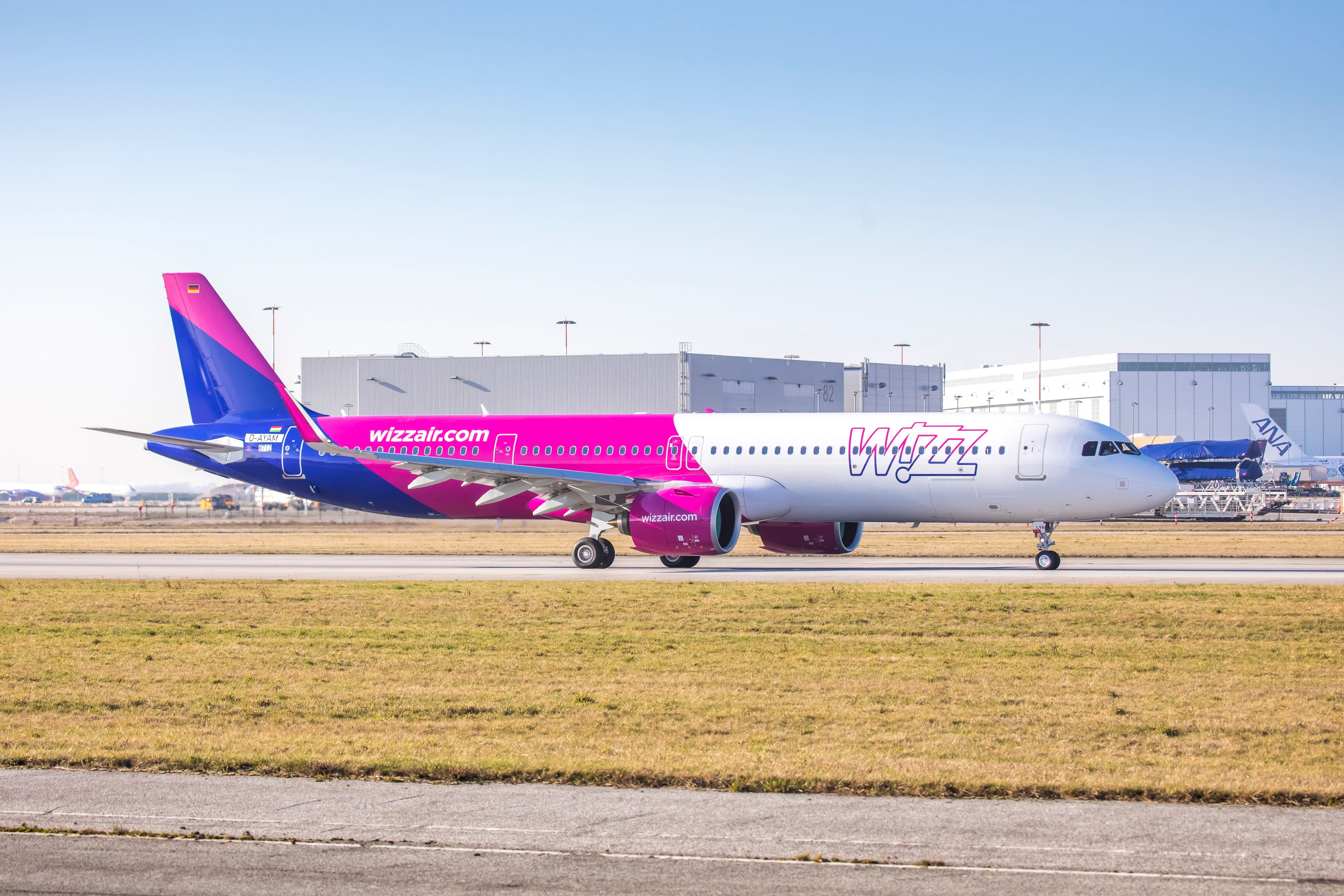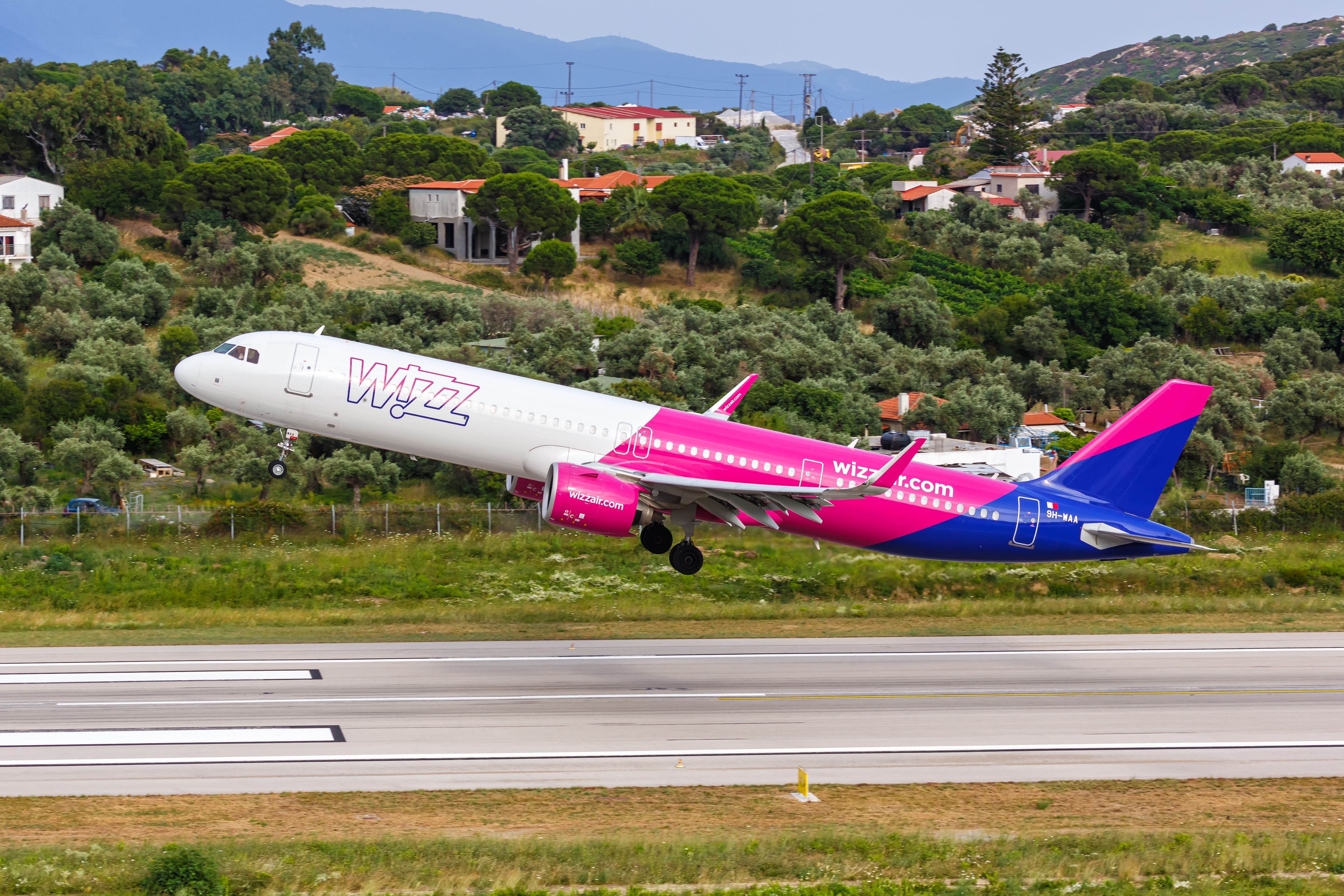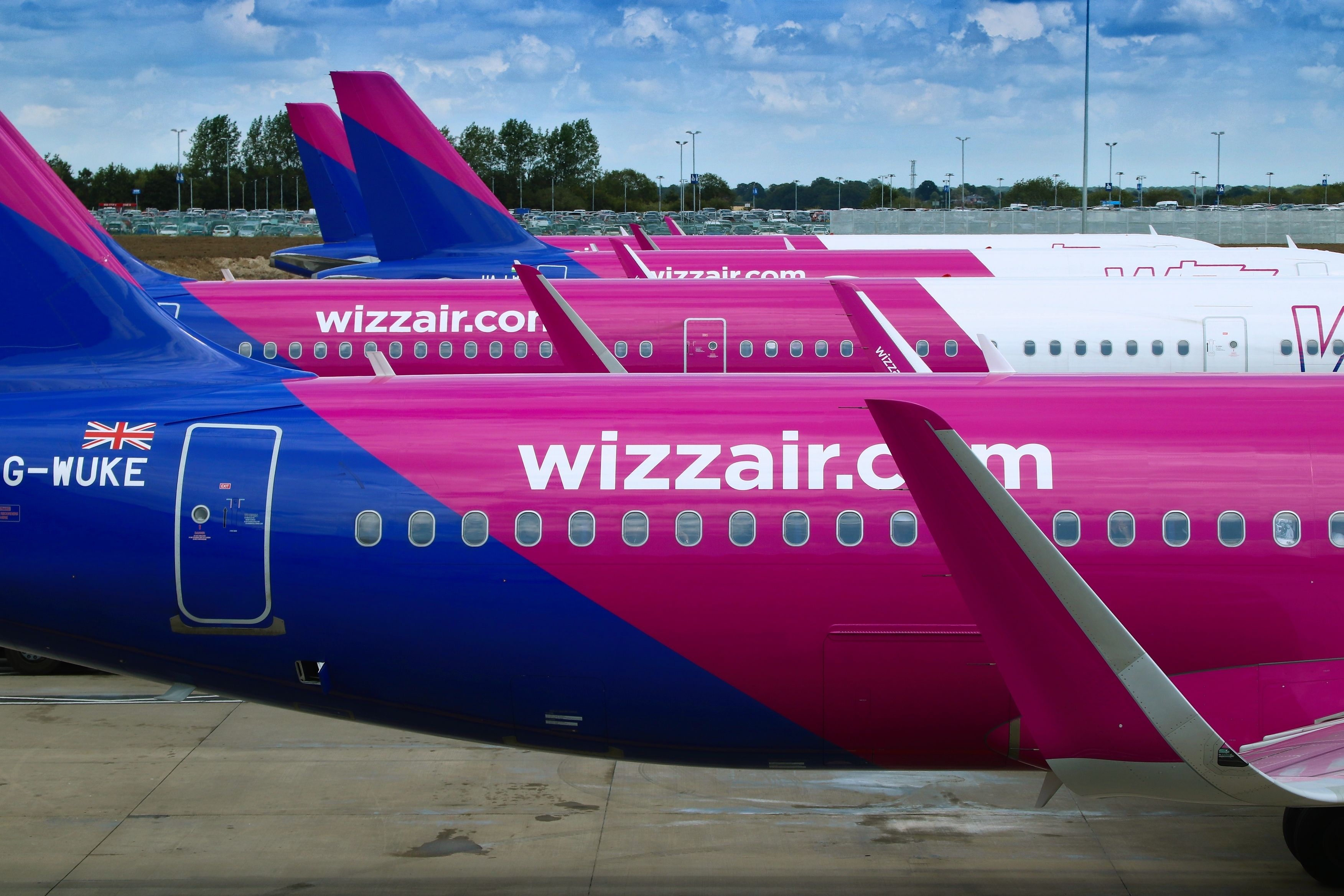Summary
- Wizz Air reversed its FY2023 loss on the back of strong travel demand.
- However, the airline was still impacted by the Pratt & Whitney engine issues, as well as the geopolitcal conflicts within the Middle East.
- In FY2025, the low-cost carrier plans to improve its profit and average load factors.
Wizz Air, the Hungary-based low-cost carrier with subsidiaries in Malta, the United Arab Emirates (UAE), and the United Kingdom (UK), has managed to almost completely reverse its full-year operating loss from FY2023 despite suffering from grounded aircraft related to the Pratt & Whitney PW1100G problems.
Long-term trend of high travel demand
According to József Váradi, the chief executive officer (CEO) of Wizz Air, a defining characteristic of the airline’s financial year, which ended on March 31, 2024, was a sustained healthy demand for air travel across its markets. As a result, this signaled to Wizz Air that the post-pandemic surge has now evolved into a longer-term trend, with the airline being strongly positioned to respond to demand, which has resulted in the current year-end profit.
“We placed a sharp focus on increasing utilisation, improving load factors and lowering unit costs (fuel and ex-fuel), and continued to invest in our operations. Our efforts saw us carry a record number of passengers during the year, return to profitability and reduce financial leverage while maintaining our total cash position.”
Photo: Antonello Marangi | Shutterstock
Váradi added that the results were achieved in the context of supply chain disruptions related to the accelerated removals and subsequent inspections of the Pratt & Whitney PW1100G engines, also known as the Geared Turbofans (GTF).
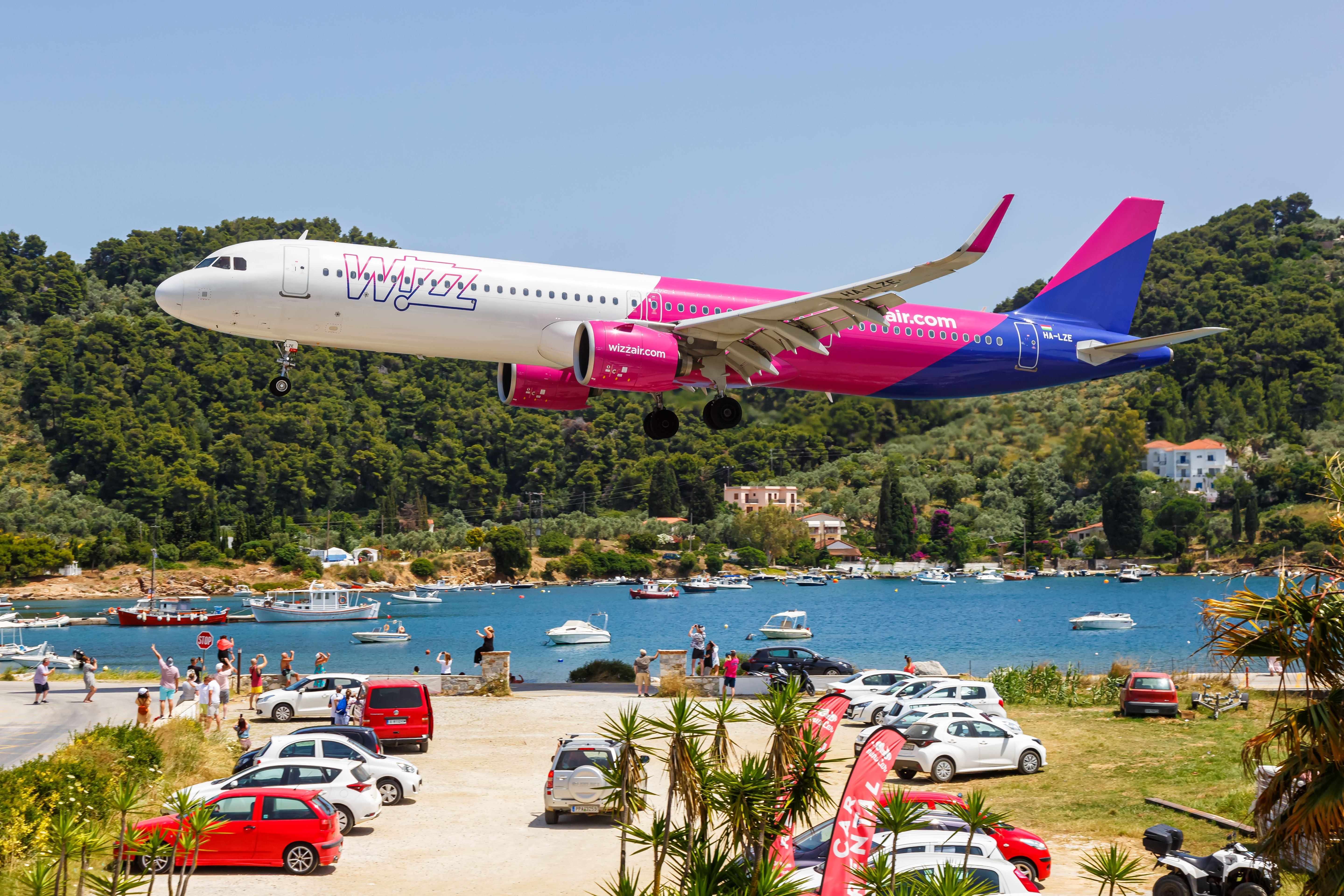
Related
Wow: Wizz Air To Grow By Under 2% This Summer As Engine Problems Bite
How it’ll use its aircraft has changed significantly, as summarized here.
Exceptional full-year metrics
The CEO continued that despite the challenges it had faced throughout the year, its workforce delivered exceptional service, reflected across operational, financial, and employee metrics. Váradi was thankful to the low-cost carrier’s employees, who embodied the Wizz Air spirit through “perseverance, dedication, passion, and commitment” during the year.
In total, the airline earned €5 billion in revenue ($5.4 billion), ending the financial year with an operating profit of €437.9 million ($475.2 million). The net profit of Wizz Air was €365.9 million ($397 million), compared to a net loss in FY2023 of €535.1 million ($580.5 million).
Photo: Markus Mainka | Shutterstock
Wizz Air carried 62 million passengers, an increase of 21.4% year-on-year (YoY), with an average load factor of 90.1%, growing by 2.4% YoY. Meanwhile, capacity, measured in available seat kilometers (ASK), grew by 24.5%, despite the airline having had to ground aircraft due to problems related to the GTF engines, which power its Airbus A320neo aircraft family fleet.
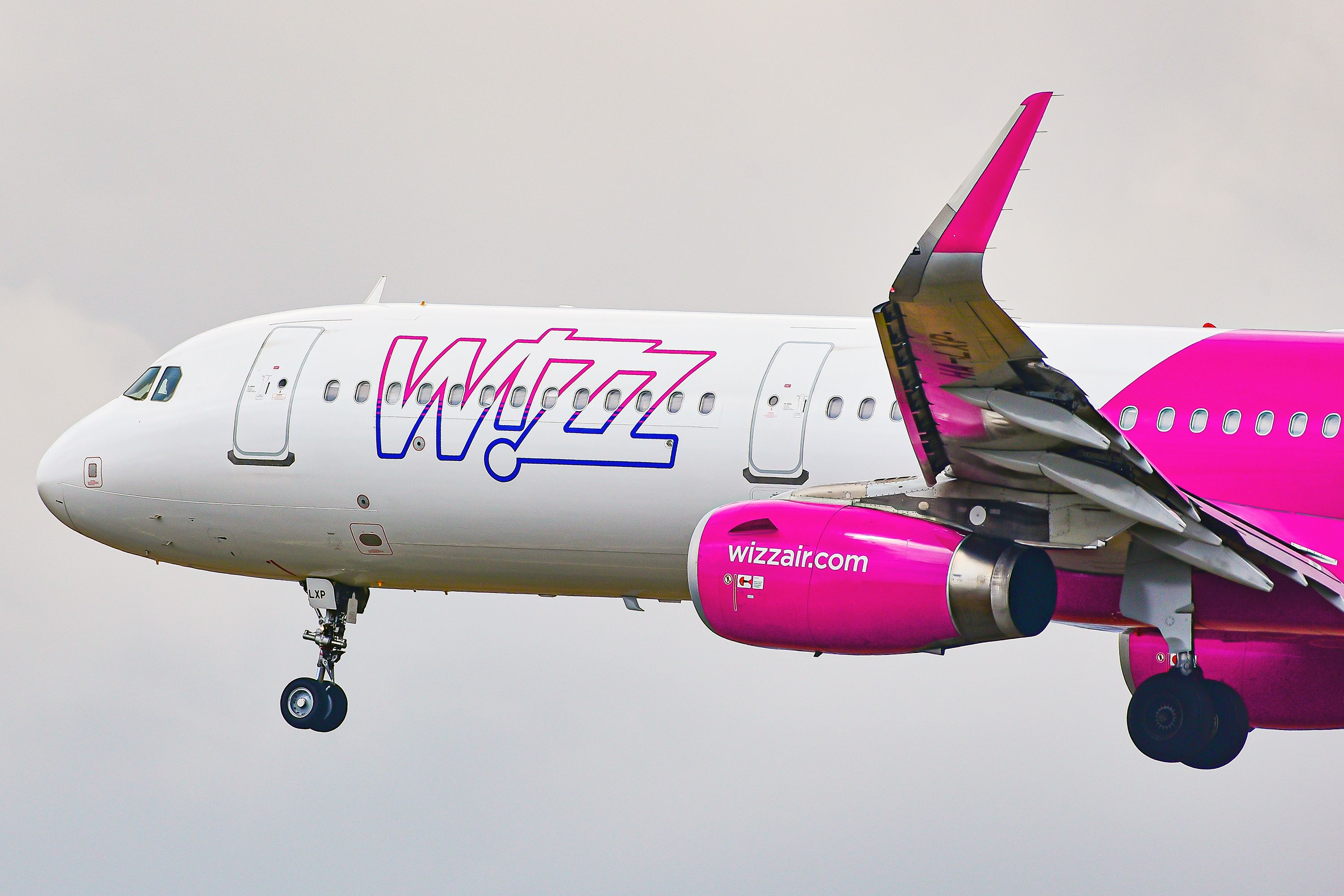
Related
Low-Cost Powerhouse: Wizz Air Celebrates 20 Years Of Operations
The airline has served more than 400 million passengers over the last two decades.
45 grounded aircraft
According to Wizz Air, it had 45 aircraft on ground (AOG) at the end of the fiscal period, which grew to 47 jets by May 17. To soften the impact of the AOG situation, it had agreed to a material compensation with Pratt & Whitney.
Still, the low-cost carrier detailed that it will have around 50 grounded Airbus A320neo and A321neo aircraft during the first half of FY2025. In FY2024, Airbus delivered 39 A321neo aircraft, while the airline extended 13 leases and secured 11 additional aircraft leases while also receiving 20 spare PW1100G engines during the period.
Photo: Wizz Air
As a result of the ongoing AOG situation, Wizz Air stated that its YoY capacity growth will be flat for the first six months of FY2025 and the full year, which sounds counterintuitive considering that the airline plans to grow its fleet up to March 2025.
The low-cost carrier detailed that as of March, it had 40 Airbus A320ceo, six A320neo, 41 A321ceo, and 121 A321neo aircraft. In March 2025, Wizz Air plans to have 34 A320ceo, six A320neo, 41 A321ceo, and 147 A321neo, as well as one A321XLR aircraft in its fleet.
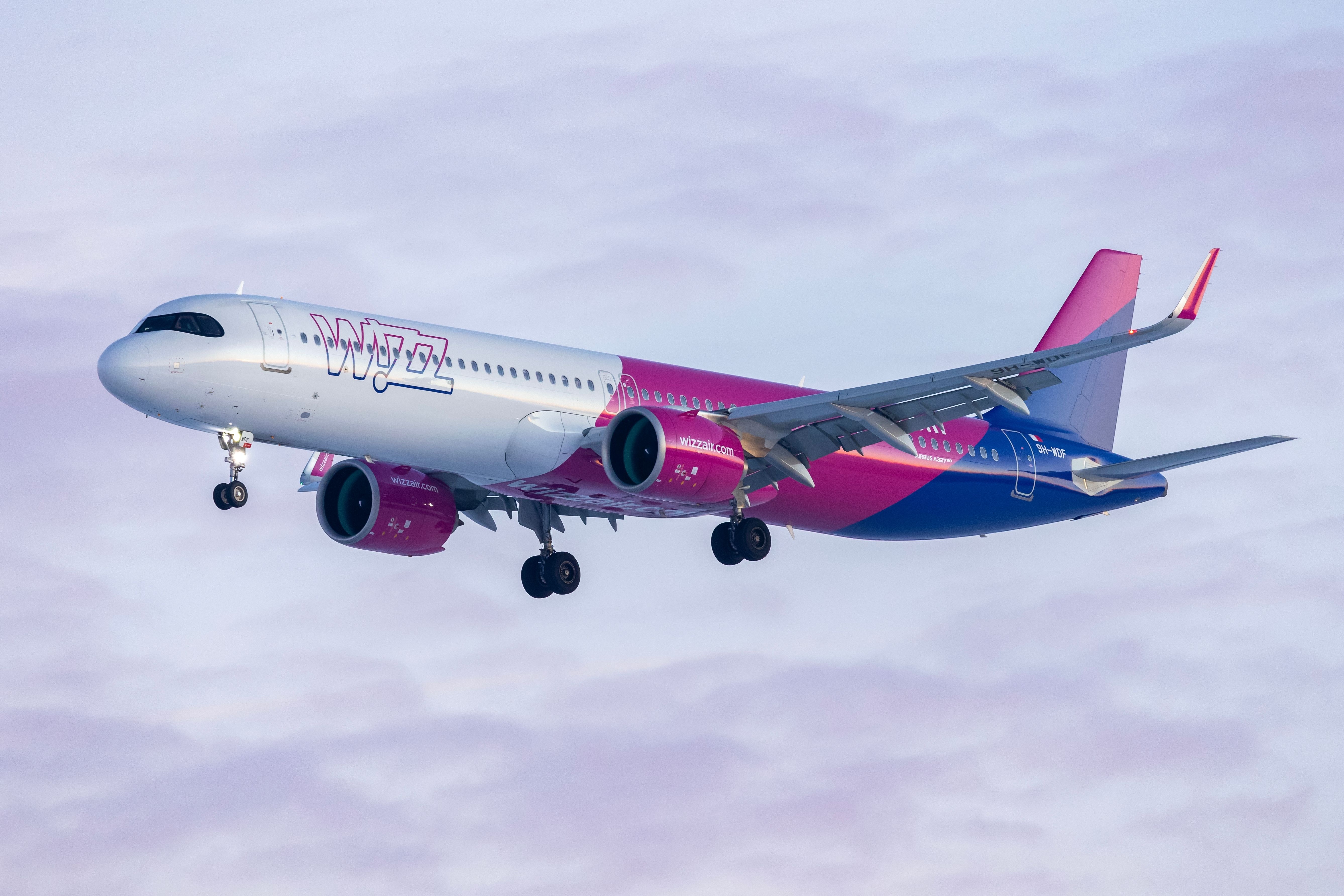
Related
Wizz Air Plans To Receive 300 More Planes By 2030: Can Airbus Keep Up?
The Hungarian low-cost carrier has always been keen to pursue growth.
Spare PW1100G engine deliveries
In an update related to the engine problems, Wizz Air detailed that its first aircraft was grounded for inspections in September 2023, adding that its assumption would be that engine turn-around times (TAT) during shop visits would be 300 days.
To mitigate the impact of the engines that would have to be inspected, the airline has been taking delivery of spare GTF engines, with around eight to ten spares being delivered by the end of June. By the end of the summer, Wizz Air plans to have up to 50 additional spare engines.
“Wizz Air has actively managed its fleet to minimise the impact of grounding, deploying the neo fleet to longer sectors, extending existing leases, securing third-party aircraft and advancing additional spare engines.”
Ch-aviation data showed that all of Wizz Air’s Airbus A320neo family aircraft are powered by the GTF engines, which is one of the two options for the type. The other is the CFM International LEAP 1-A, which is a joint venture between GE Aerospace and Safran Aircraft Engines.
Photo: Markus Mainka | Shutterstock
The Pratt & Whitney PW1100G inspections were announced by RTX, the parent company of the engine marker, in July 2023. Then, RTX disclosed that Pratt & Whitney discovered a rare condition in the powder metal used to build certain engine parts, which will require operators to remove engines for inspections.
On March 27, the Federal Aviation Administration (FAA) published a final rule airworthiness directive (AD) that expanded the mandated angled ultrasonic inspection (AUSI) of the high-pressure turbine (HPT) 1st-stage disk and HPT 2nd-stage disk to include mandatory AUSIs of high-pressure compressor (HPC) 7th-stage integrally bladed rotor (IBR–7) and HPC 8th-stage integrally bladed rotor (IBR–8). The March directive superseded two previous ADs that were published in October 2022 and August 2023.
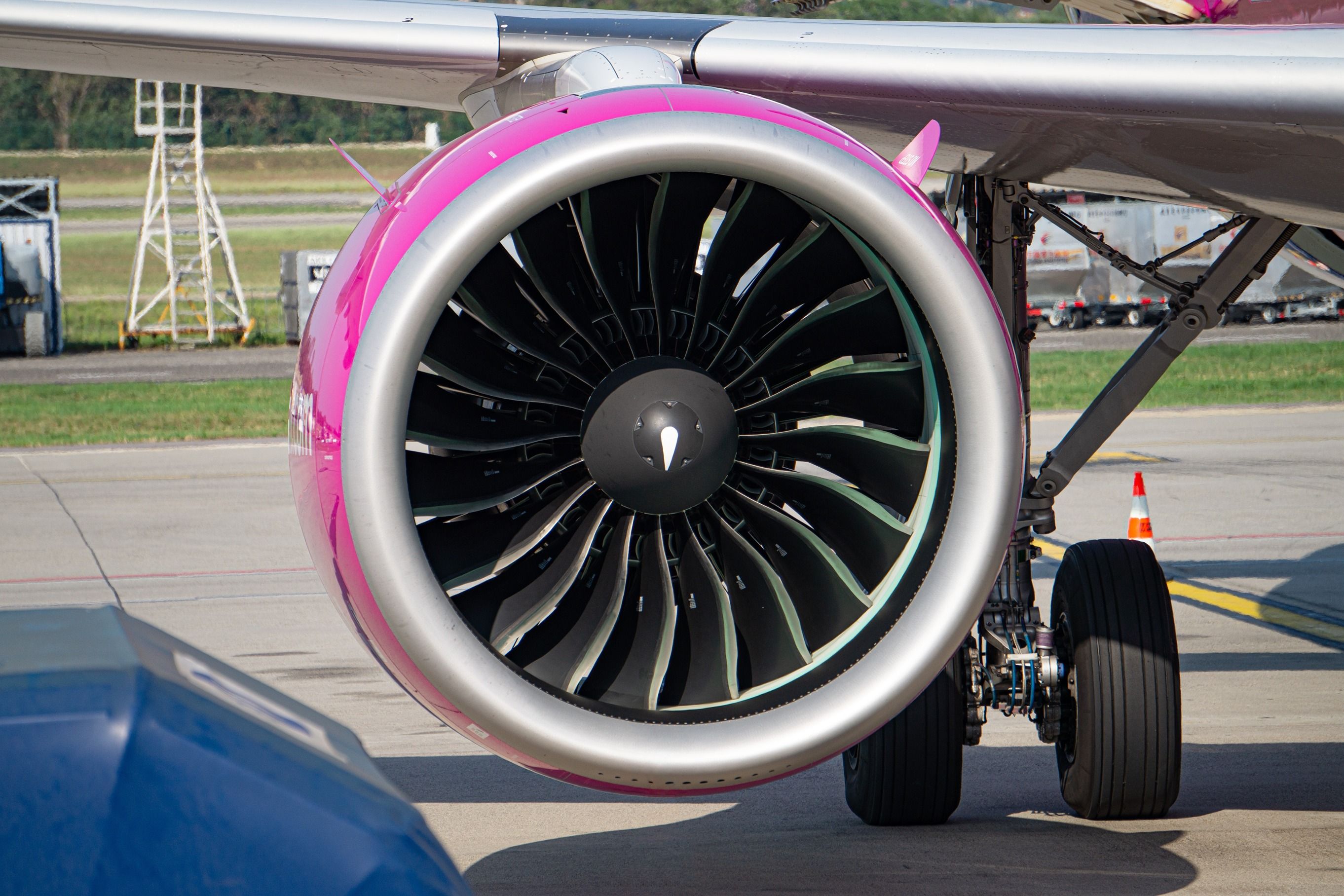
Related
New FAA AD On Pratt & Whitney PW1100G Engines Could Cost US Airlines Over $150 Million
A new directive by the FAA has added more engine parts to be inspected by PW1100G operators.
Growing profitability
Despite that headwind, which could result in Wizz Air’s full-year capacity growth being flat YoY, the airline estimated that in FY2025, it expects a net profit of €500 million ($542.8 million) to 600 million ($651.3 million). Its average load factor could be around 92% during the financial year. According to Váradi, while the airline’s current challenges should persist during the next fiscal year, Wizz Air’s agile, resilient, and well-positioned business model should mitigate the negative impacts of the external headwinds.
“As we enter F25, demand for air travel remains robust, with no sign of abating in the near term, supporting a higher yield environment as capacity across the whole industry remains constrained.”
Photo: Tupungato | Shutterstock
The CEO shared that the current trading indicators are positive, with ticket sales being higher YoY during Q1 FY2025 and Q2 FY2025. At the same time, Váradi shared that Wizz Air will continue using levers available to it to mitigate any further challenges that the carrier could face in the upcoming months.

Related
WOW: Wizz Air Forecasts $375+ Million Profit For 2024 Financial Year
With its operating costs under control and passenger demand rising, Wizz Air expects to make a tidy profit in F24.

